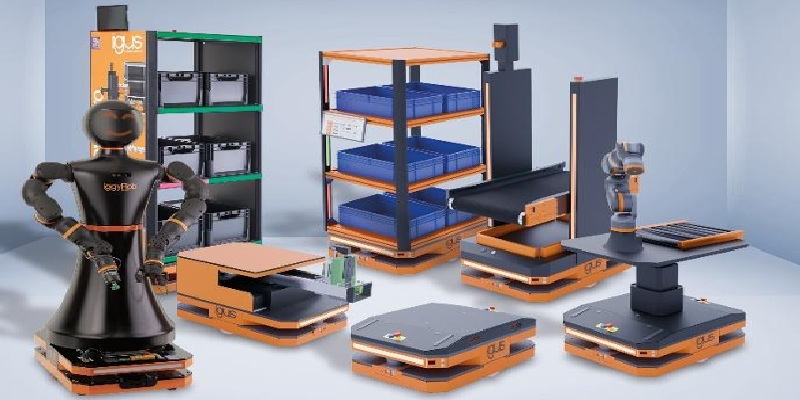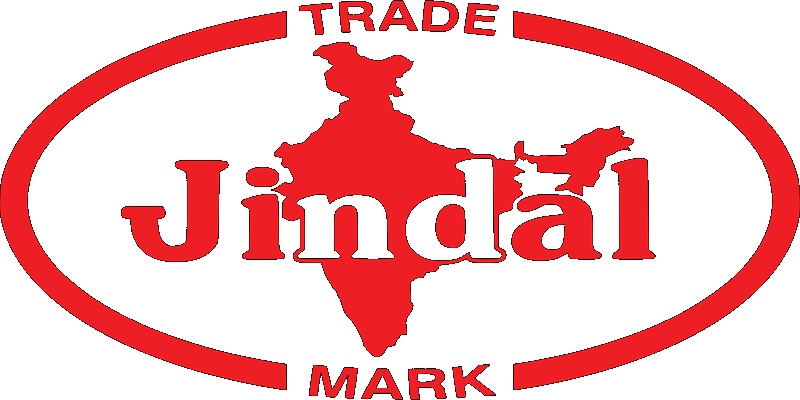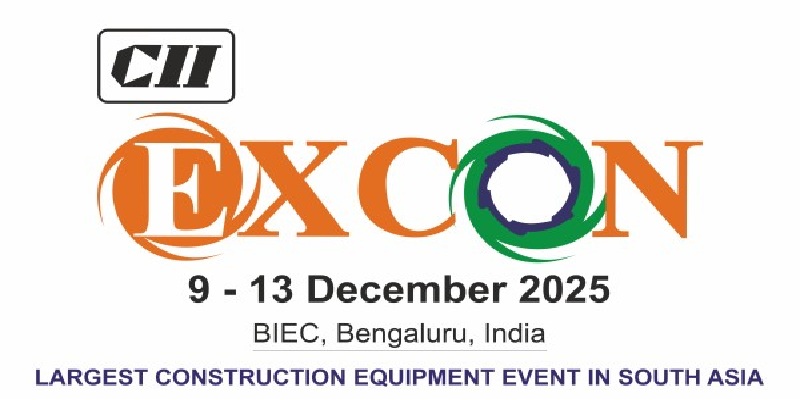Schedule a Call Back
V Anbu: IMTMA is hopeful to have a highly productive IMTEX 2021
 Interviews
Interviews- Mar 12,21

Machine tools sector was one of the biggest casualties globally in the industrial machinery segment in 2020 due to major slowdown in the transportation industries triggered by Covid 19 pandemic. In India, the demand for machine tools, after witnessing a sharp decline in the first quarter of 2020-21, is slowly picking up. The sector is expected to reach the pre-Covid level in the early part of the next financial year, says V Anbu, Director General & CEO, Indian Machine Tool Manufacturers’ Association (IMTMA) - which is hosting its flagship show IMTEX 2021 from June 17-23, 2021 in Bengaluru. In conversation with IPF’s Rakesh Rao, Anbu highlights on the recovery path and emerging trends in the machine tools industry.
What are your views on budget 2021-22?
It is a growth-oriented budget focusing on investment and capacity creation. The focus on
infrastructure spending on railways, roads, etc will increase consumption of capital goods and
will have trickle-down effect on machine tools sector as well. It is good for the economy and,
in particular manufacturing, as the budget stresses on the need for Make in India or
Aatmanirbhar Bharat.
Perhaps for the first time, the budget emphasises on innovation, design and technology that will lead to improvement in product quality and add depth to the competitiveness of the Indian manufacturing sector. Effects of these initiatives will be clearly visible on not just domestic market but also on exports.
After a washout year of 2020, due to the COVID 19 pandemic, are you seeing the sector
limping back to normalcy? How soon can we reach the pre-COVID growth rates?
2018-19 was the best year for Indian machine tools industry in terms of performance with
machine tools production reaching Rs 9,600 crores. A year later (2019-20), the machine tools
industry growth took a hit with auto industry in a disarray due to a variety of reasons. When
the things were looking up in the last quarter of 2019-20, COVID 19 pandemic struck the
market. In 2019-20, the overall production was approximately Rs 6,200 crore.
In the first quarter of 2020-21, the production was down by almost 70 per cent compared to previous year due to lockdown and other related issues. Though we did manage to make a comeback in the second quarter of 2020-21, the production was still down by 30 per cent.
Demand is picking up pretty good now and we expect to reach the pre-Covid level in the
early part of the next financial year (ie middle of calendar year 2021).
With an aim to increase the manufacturing sector’s contribution to GDP from 16-17%
to 25%, the government has launched many initiatives including Make in India and
now Aatmanirbhar Bharat. Are the effects of these initiatives visible on the ground?
To see the combine effect of Make in India and Aatmanirbhar Bharat schemes, we have to
wait to see the traction it receives and result on the ground. However, every industry is keenly
working on value-addition, technology development and IP creation. More important is to
give confidence to the industry that we could develop high-quality products, like developed
countries, by adding more depth in the manufacturing sector. While the work has begun,
these schemes will yield result in the medium to long term.
There are lots of opportunities for sectors to work with each other. For example, capital goods maker can work with its user industries to create products that are required in the market. Co-creation can be beneficial to all the stakeholders. Make in India and Aatmanirbhar Bharat will led to these types of fundamental shift in the product development process.
Should machine tools industry also come under Production Linked Incentive (PLI)
scheme? Your comments...
Machine tools is not about volume. But the industry plays a big role in the development of
the manufacturing sector. Machine tools may not qualify for PLI scheme, but I definitely see
a scope for support mechanism similar to PLI scheme to enhance capability for adding more
value and helping increase production in the country. Sectors like electronics are investing
heavily to reduce India’s import dependence. We certainly have great scope to manufacture
high-quality products and solutions in the country itself to meet the needs of these emerging
sectors.
Which end-user sectors are driving the demand for machine tools?
Automotive and auto components industry accounts for more than 50 per cent demand of the
machine tools in the country. Going forward other sectors like railways, electronics, food &
agriculture machinery, etc will contribute more and more to the growth of machine tools
industry in the country. However, traditional user industries like auto, defence, construction
equipment, capital equipment, etc will remain large volume players. Going forward, there
will be more demand for machine tools with added capability to handle complex contours and
higher level of accuracies. Along with this, Industry 4.0 will play a crucial role in the
development of the industry.
Is demand for more automated features in machine tools growing from customers?
Covid has thought us to look at technologies from many angles. Adoption of Industry 4.0 is
increasing in the manufacturing sector and machine tools industry will definitely get affected
by that. All machine tool makers see automation and Industry 4.0 as focus areas for
development. Usage of 3D printing (additive manufacturing) is also growing. With a lot of
these technologies converging, the manufacturing solution given by machine tools industry
will combine many of these new-age technologies to meet the emerging needs of the
customers. Many aspects of manufacturing like raw material sourcing, process monitoring,
production shopfloor, inspections, etc will get impacted by Industry 4.0 and machine tools
industry is gearing up to meet those challenges.
What will the effect of additive manufacturing on the machine tools industry?
Additive manufacturing (AM) will play a role in some area, but there will not a head-on
collusion with machine tools industry. Additive manufacturing will be complementing the
machine tools industry. AM will be useful in the production of parts with complex geometry
in quick time, which may not be possible with traditional manufacturing solutions. But 3D
printing has its own limitations. The manufacturing industry will see a combination of
conventional processes and new technologies (like AM) for enhancing productivity and
efficiency across production value chain.
Given the prevailing market conditions, how is IMTMA gearing up to host the next
edition of IMTEX?
With Covid vaccine now available and improvement in the market conditions, the industry is
looking forward to the hosting of IMTEX 2021. India will have highest growth rate in terms
of GDP in 2021-22. Already a lot of end-user sectors are showing robust demand and this
trend is expected to continue in 2021. Covid vaccination has gained momentum which is
giving confidence to the general public s well as industry players.
Another aspect to look at is travel. Travel within the country should not be a problem, but travel policies for visitors from other countries have to be kept an eye on as the situation keeps on changing every day.
By June 2021, when the IMTEX is scheduled, we expect a sense of normalcy to return with buoyancy returning to the market. At this stage, we feel things are going in the favour of IMTEX and we hope to have a highly productive and engaging IMTEX 2021.
Any message to the industry....
We had a huge challenge last year. We are confident to come out of it very soon. There will be more opportunities coming our way as India grows at faster rate than previous years. India will touch $ 5 trillion mark by the middle of this decade, with manufacturing accounting for $ 1 trillion. Actually, the country has the potential to go beyond this. By the end of 2031-32, we can double the GDP and manufacturing sector can grow to $ 2 trillion, which will be a tremendous achievement. By creating intellectual property and increasing the manufacturing depth in key industry sectors, India can create new employment opportunities leading to prosperity.
Related Stories

India’s demand for high-precision machine tools is rising: K Balasubramaniam
In this interaction with Rakesh Rao, K Balasubramaniam, Founder, Tsugami Precision India, discusses the evolving machine tools landscape and the company’s role in shaping India’s manufacturing t..
Read more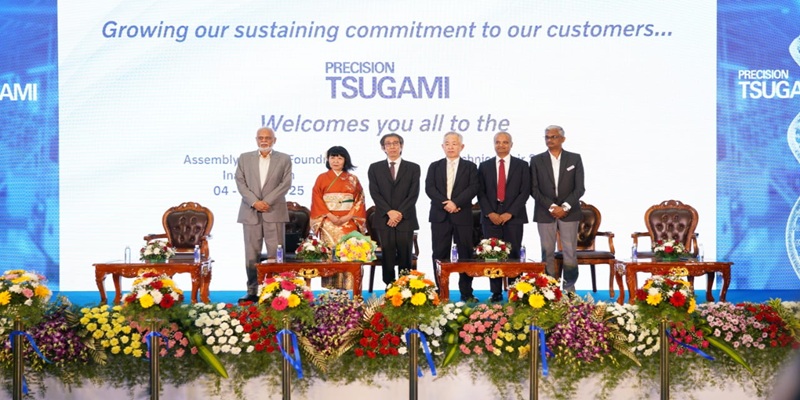
Tsugami Inaugurates New Precision Engineering Facility in Tamil Nadu
The new infrastructure enables increased indigenous production of Tsugami machine tools.
Read more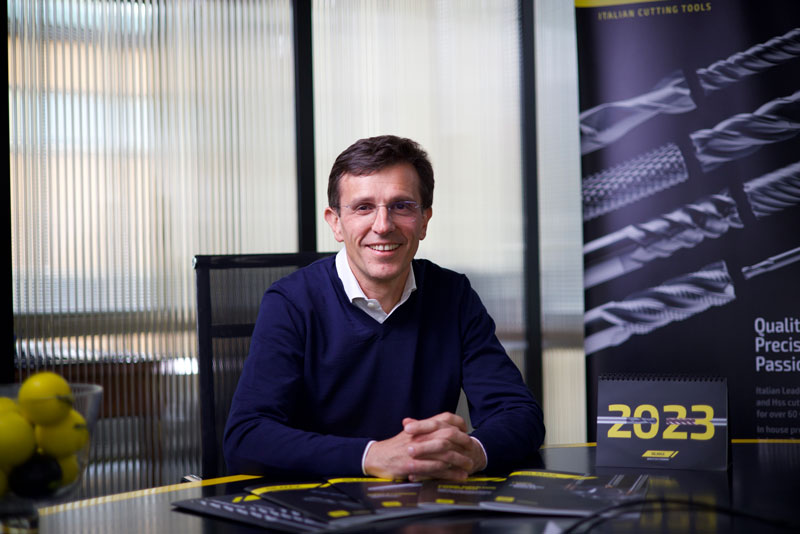
India serves as a strategic pillar for Silmax’s Asian expansion: Dr Fumagalli
In this interview with Rakesh Rao, Dr Dario Maria Fumagalli, President & CEO, Silmax, elaborates on the growth potential of India’s machine tools industry and the company’s long-term commitment ..
Read moreRelated Products
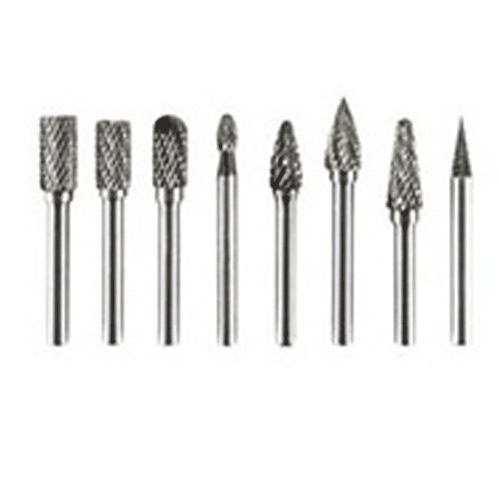
Carbide Burrs
SRT Industrial Tools & Equipments offers a wide range of carbide burrs.
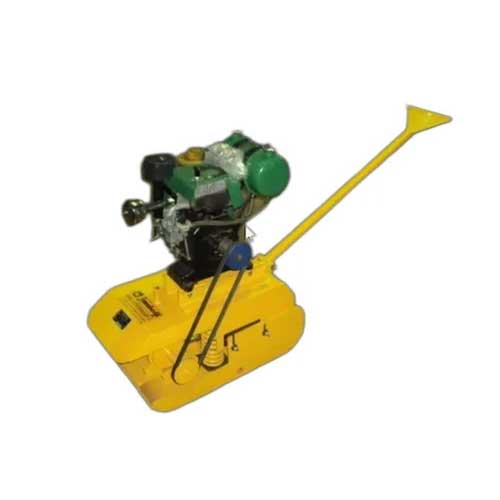
Jamshedji Soil Compactor
Jamshedji Constro Equip Pvt Ltd offers a wide range of jamshedji soil compactor.
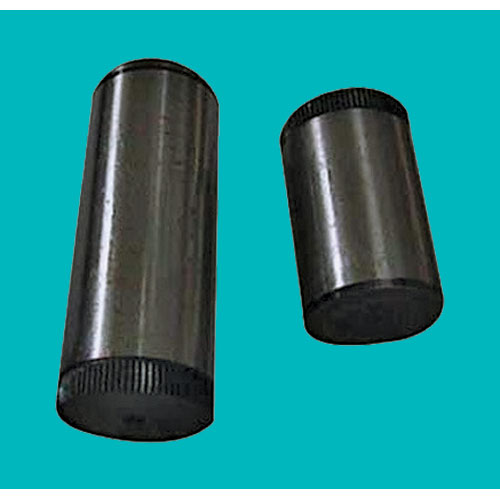
Ground Pins
Hans Machineries Private Limited offers a wide range of pins, hardened & ground. Read more





